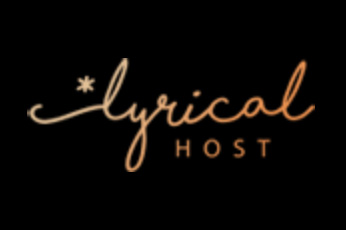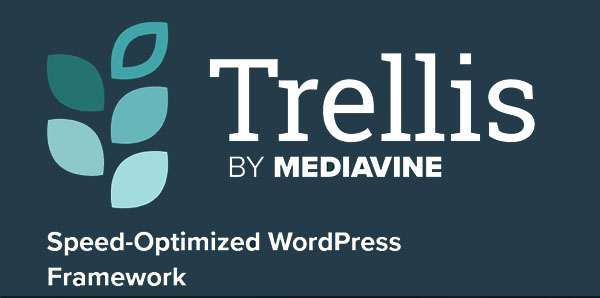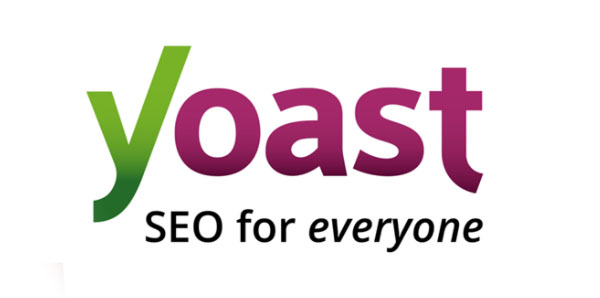Starting a food blog is simple. All you have to do is follow the steps in this post and you’ll be on you’re way to creating a successful food blog.
Many bloggers will recommend bad hosts because they get large commissions for them. Trust me, I was with two of them bad hosts because of this.
In fact, many big name bloggers and seemingly reliable sites will recommend lots of things that won’t necessarily benefit you but will line their pockets.
When I started my food blog I was an unemployed grad student so I had to bootstrap everything and I didn’t buy anything I didn’t need to.
Now, as a savvy business woman, I only buy things that are truly going to help me and make a difference in my businesses.
This is the philosophy I live by and this is what I teach here on my site.
So, to be transparent, I will tell you that out of all of these recommendations, the only one I get a commission from if you sign up is Lyrical Host – and it’s a small one at that.
Everything I recommend here are things I was glad I did from day one or wish I had.
How To Start a Food Blog
How to start a food blog
Instructions
- Pick and Register a Domain Name
Make a list of domain names you like. There is a good chance the first one or more you try may be taken.
Then register them with either Google Domains for $12 per year or Lyrical for $15. Both offer quality domains support with free privacy security. - Host Your Site on Wordpress with Lyrical Host

Wordpress offers great SEO out of the box and is open sourced allowing you to use a variety of plugins which can further help your SEO.
Lyrical Host is the best affordable hosting company I've ever seen. They offer fast hosting with great tech support.
As a new blogger you only need their their Tiny Plan. Use the keyword Business to get 10% off your first subscription.
I used Lyrical Host until I could justify the cost of switching to Agathon for premium hosting. - Get the Trellis Framework

Trellis open source WordPress theme framework created by Mediavine and built for speed and SEO.
It costs only $14.95 a month and comes with a free customizable theme - personally I like Wisteria. - Add Plugins
Trellis was created with many aspects to minimize the need for plugins, so you need minimal plugins.
Create - This is a free recipe card plugin by Mediavine with a nutrition facts and optional how-to cards and round-up lists. It also has an optional recommended products for Amazon affiliate marketing.
Grow - This is a free social plugin plugin by Mediavine with an optional pro version. It adds lightweight social share buttons and email sign up capabilities to your site without slowing it down.
Wordfence Security - This plugin keeps your site secure from attempted hackers. It also limits login attempts.
Yoast SEO - SEO is crustal for a sites success. This plugin gives you a checklist to help make sure you're follow good SEO practices. - Connect your site to Google Analytics and Google Search Console
Doing this is incredibly important for information gathering about your traffic, to allow you to apply to ad management network like Mediavine, and to have stats to share with companies if you do affiliate posts.
Using these tools you can know how many sessions you have, see which are you're most popular posts, which keywords you are ranking for, and the demographics of your audience. - Choose a Niche
You already know you want to be a food blogger but what type of recipes will you make? Who is your target audience?
When creating a blog it is best to have a niche topic and/or a niche audience in mind. It will help keep you focused and build similar content showing Google you're an authority on the topic.
Examples of niche topics are vegan, paleo, gluten free, easy recipes, comfort food, and crock pot recipes.
Examples of niche audiences are busy mom's, people who hate to cook, people who love to cook, people who don't know how to cook, people who love to grill. - Keyword Research
Keyword research helps you either decide what post to create or how you want to name your post. I like keyword surfer and SEMRush for keyword research tools.
Note, you don't only have to write posts with keywords you have a chance of one day ranking for. You can also write posts you simply want to share even without much hope of getting traffic.
Aim for keywords with monthly searches of between 400 to 1000 or 1000 to 10,000. However, don't let a lack of searches prevent you from sharing a recipe you're passionate about.
Avoid ones with many big names like Food Network and Bonappetit writing about them if you care about ranking. - Wrote a Post and Publish It
Write and publish your first post. It doesn't matter what it is, so don't feel pressured about choosing a topic or it being perfect. You'll likely go back and update your posts as you become more experienced.
Get a leg up by learning how to write a post. Write and publish 1 to 3 posts a week. - Create a Pinterest account and Start Pinning
For most food bloggers, Pinterest is their largest source of traffic after Google. Learn how to market your posts on Pinterest. - Share Your Content on Social
Niche specific Facebook groups are the best place to share your content to begin with. Sharing on your personal feed can be a good way to let people know what you're doing as well. - Sign up for an email marketing platform that is for free up until a certain amount of subscribers. I recommend MailerLite which is free up until 1000 subscribers, has good customer service, and great email automation options.
- Learn SEO
The Yoast plugin is very good and even has you optimize more than necessary for SEO. However, it is also important to know good SEO practices and understand them. Learn SEO for blog posts. - Don't Give Up.
It usually takes a number of months before Google starts taking a blog seriously.
It also takes Pinterest about 6 months before your Pins start getting noticed.
Most bloggers quit within 6 months to 1 year. Don't become a part of that statistic.
It often takes 1.5 to 2 years before you start making real money.





Temp Mail
Thursday 8th of August 2024
Thanks I have recently been looking for info about this subject for a while and yours is the greatest I have discovered so far However what in regards to the bottom line Are you certain in regards to the supply.
kompresör fiyatları
Friday 31st of March 2023
37 Yıllık Kompresör Tecrübesi